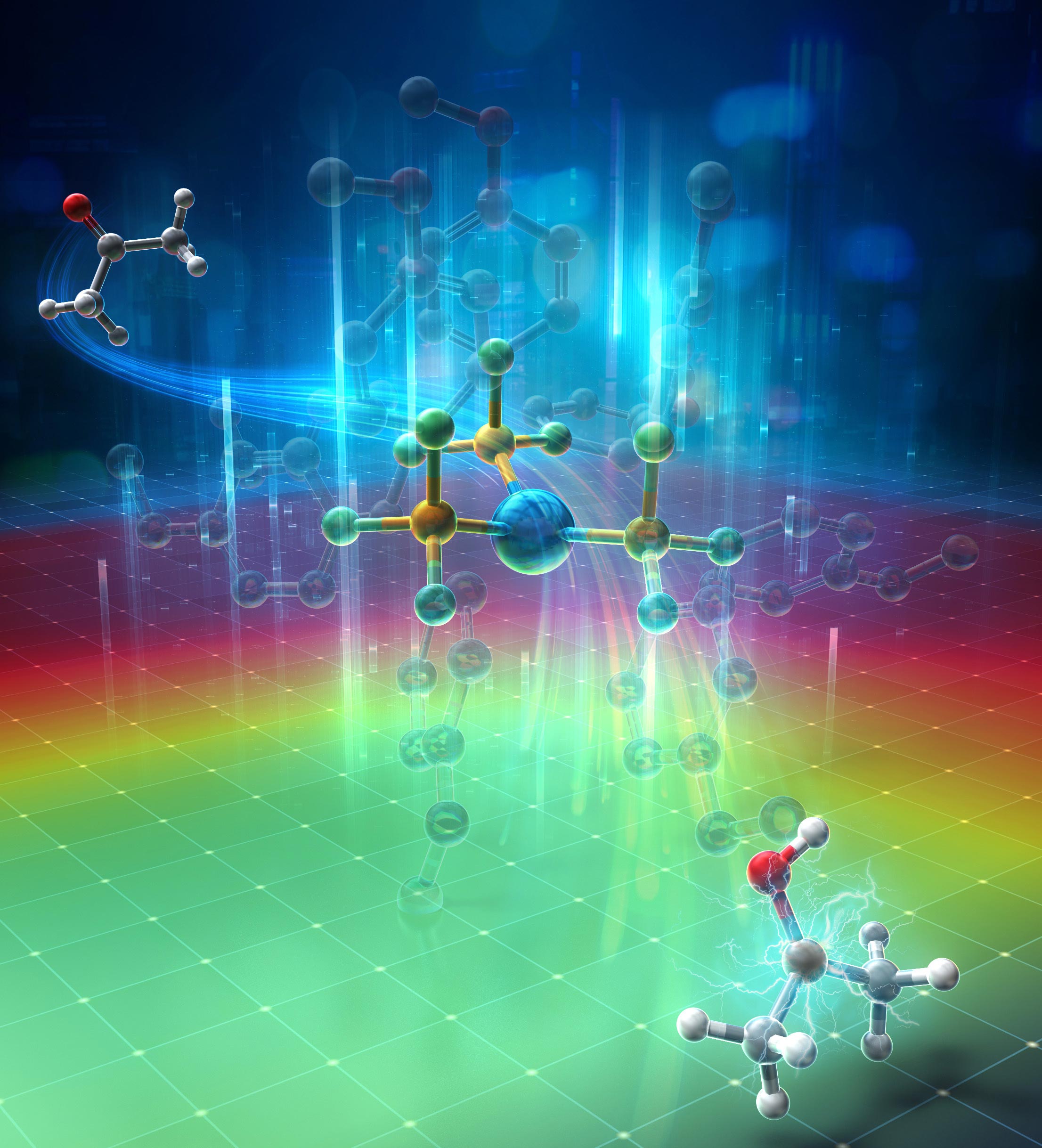Researchers have finally cracked a chemistry challenge that puzzled scientists for decades. Using an advanced computational method, scientists can now accurately predict the best ligand for a photochemical palladium catalyst. This breakthrough paves the way for exciting new radical reactions involving alkyl ketones.

Transforming Ketones for Chemical Innovation
Ketones are essential building blocks in countless organic molecules. Chemists have always searched for innovative ways to use them in creating new chemical bonds. Thanks to this cutting-edge computational technique, scientists can now design more efficient catalysts. This means they can unlock novel chemical transformations that were previously out of reach.
New Pathways for Radical Reactions
This discovery enables radical reactions with alkyl ketones using photochemical palladium catalysts. The implications are huge for pharmaceutical research, materials science, and green chemistry. As researchers continue to explore these new methods, we can expect faster drug discovery and more sustainable chemical processes. This is a giant leap toward smarter, more versatile chemistry.